How Android Things Can Develop Your IoT Project
Realising your dreams has always been tricky, but if you’re dreaming up something techy, it’s getting easier. You’ve got the Raspberry Pi, and Python, for example, or an Arduino and C++.
When it comes to the Internet of Things projects, meanwhile, you have Android Things, Google’s IoT operating system that uses Android SDKs, and allows developers to access APIs for services such as Google Play and Google Cloud Platform.
Two kits are available for Android Things: the NXP i.MX7D Starter Kit, and Raspberry Pi 3 Kit. The latter is only supported as a development platform; if you plan to go to production, you’ll need the NXP board, which as a kit will set you back around $200.
The potential for IoT devices is considerable, as you’re probably aware. If not, take a moment to check out the video above, in which you’ll see Mani the Handbot, which has been developed with Android Things. This handy little chap is a live rock, paper, scissors machine and comes complete with scoring LEDs.
Chris from Android Things explains how “they’re used for prototyping, so a lot of proof of concept. Once you have your prototype, you can [...] take it to production.”
This might be a bit more ambitious than you’re ready for at this stage, which is why it is a good idea to get started with the Raspberry Pi kit. Happily, as you’ve probably already got a Pi 3, all you’ll need to add is the Rainbow HAT from Pimoroni.
When you’re set, the Android Things website provides tutorials for both platforms and is the ideal place to take your first steps towards developing an IoT application. What will you build? Share it with us when you’re done!






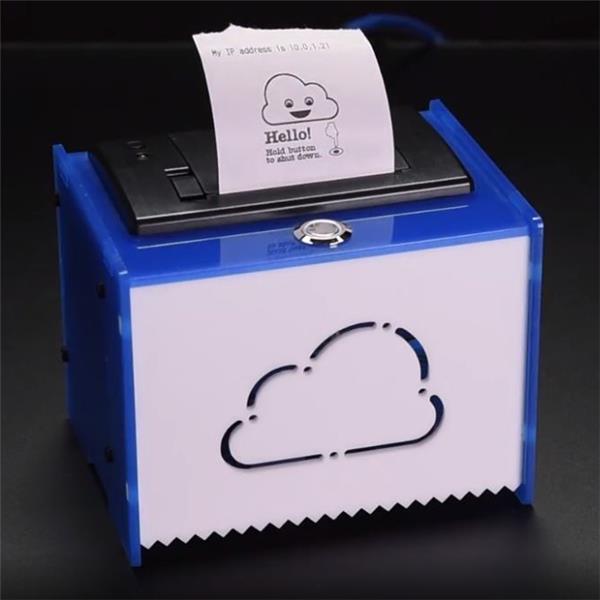
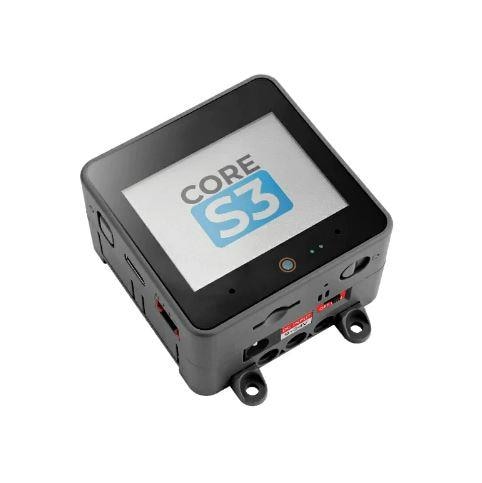
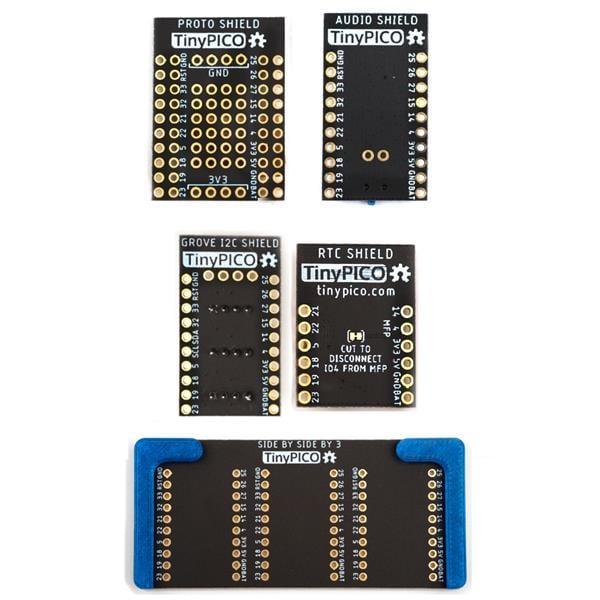
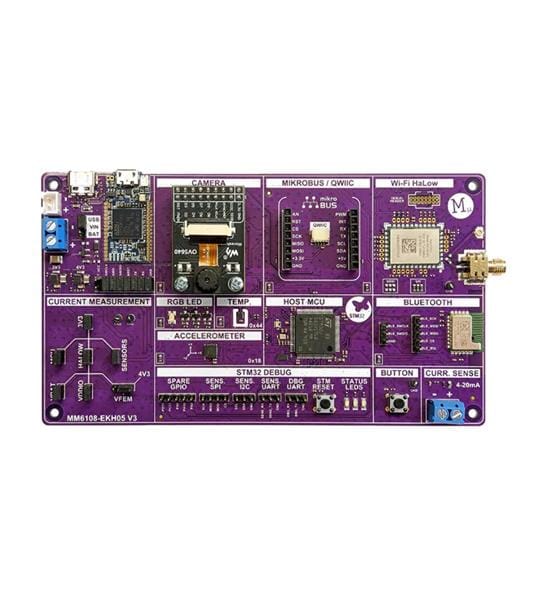
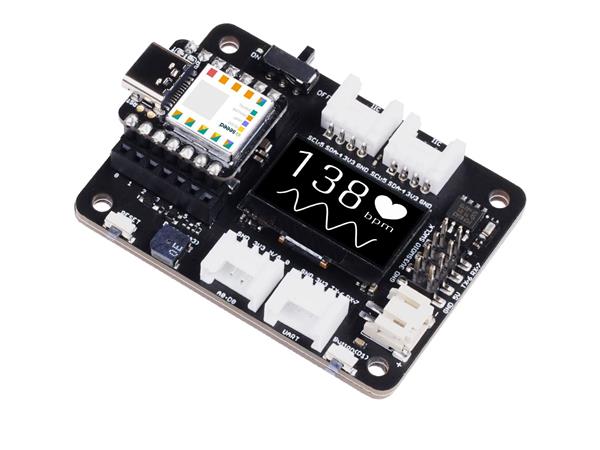
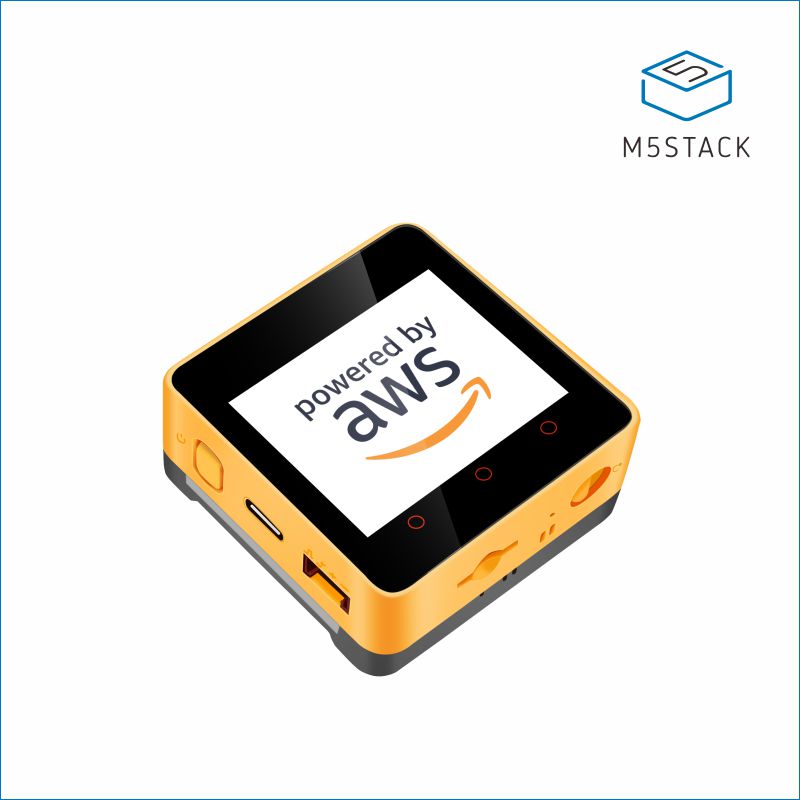
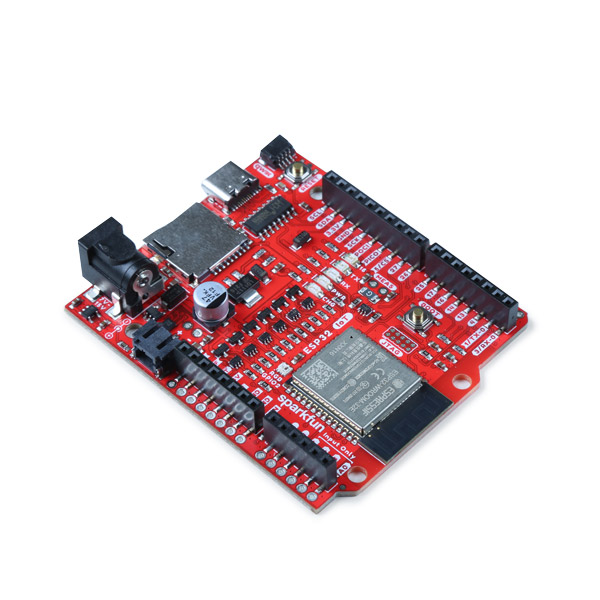
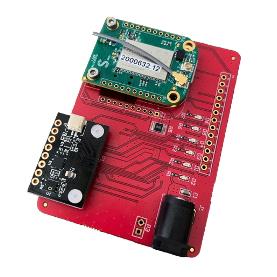
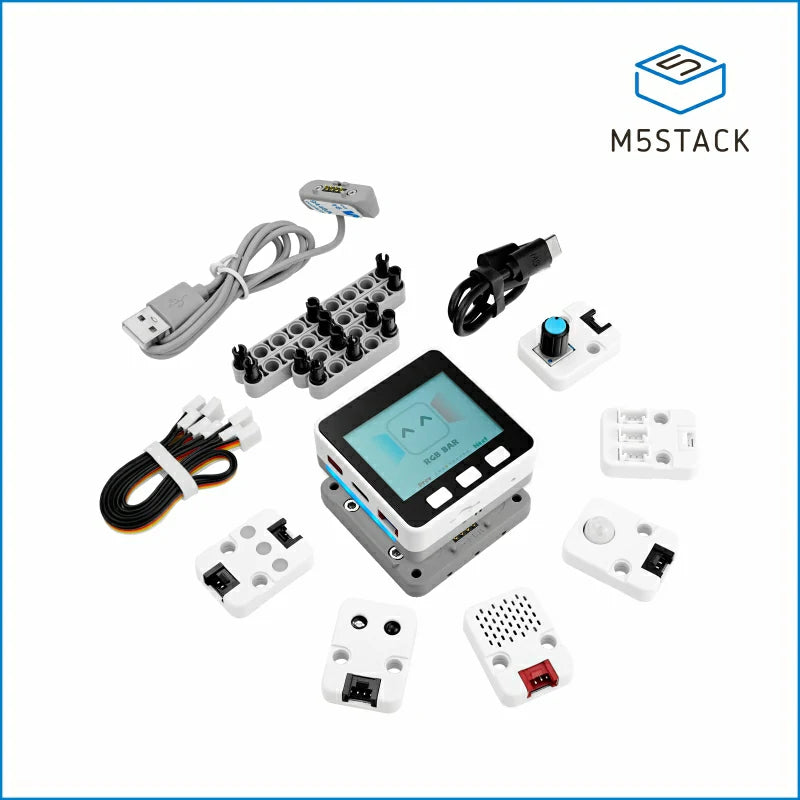
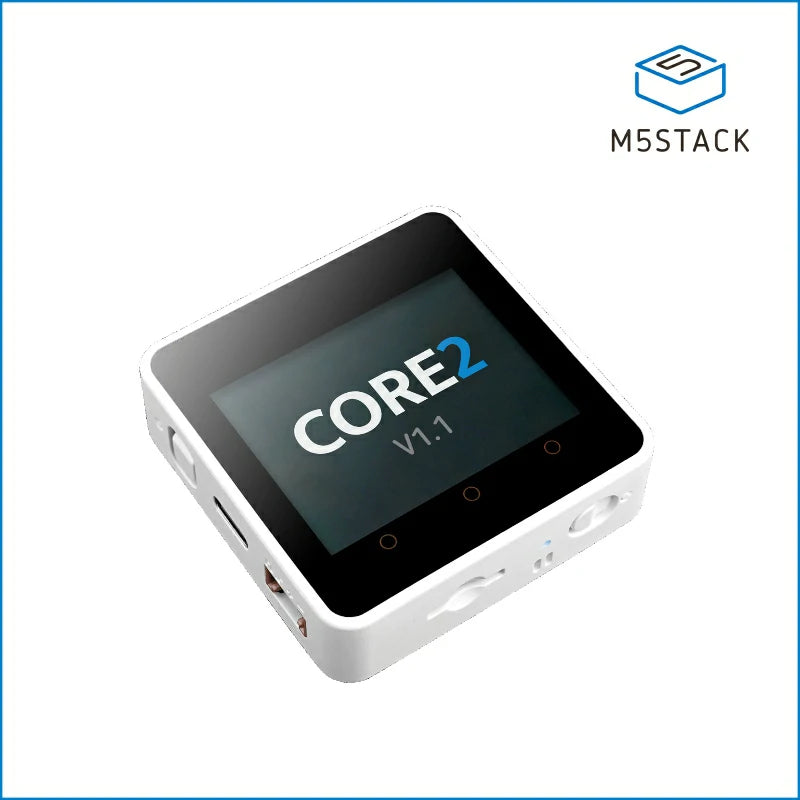
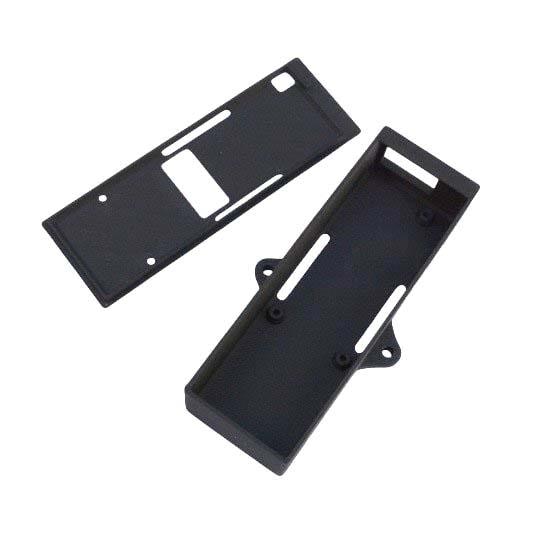
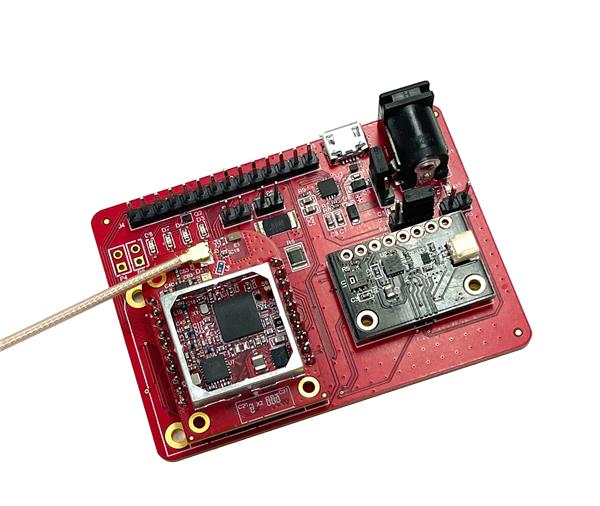
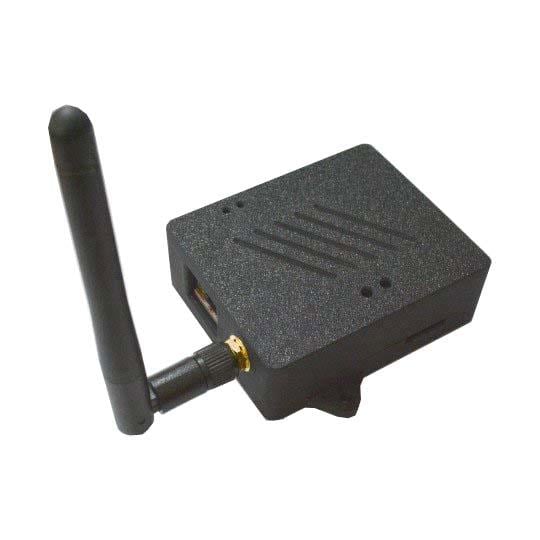
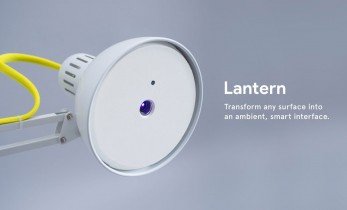

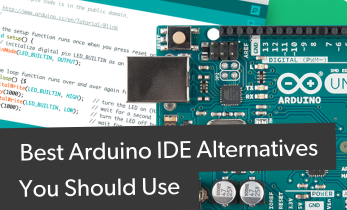
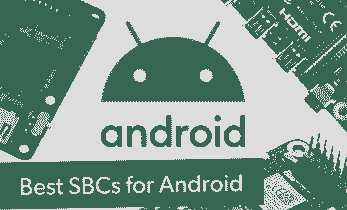
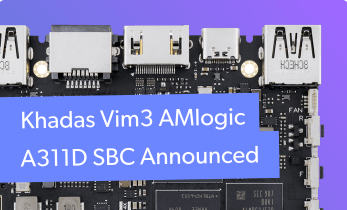
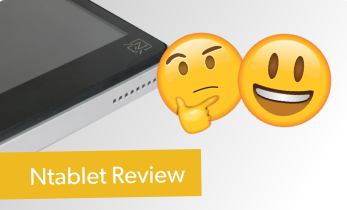
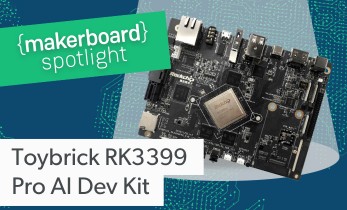

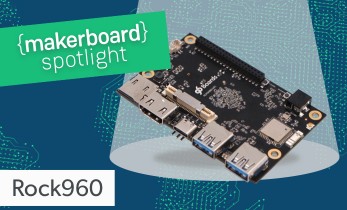
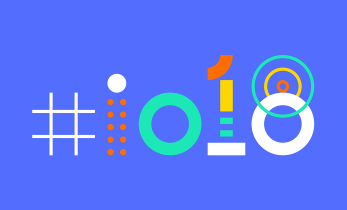
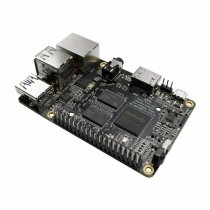
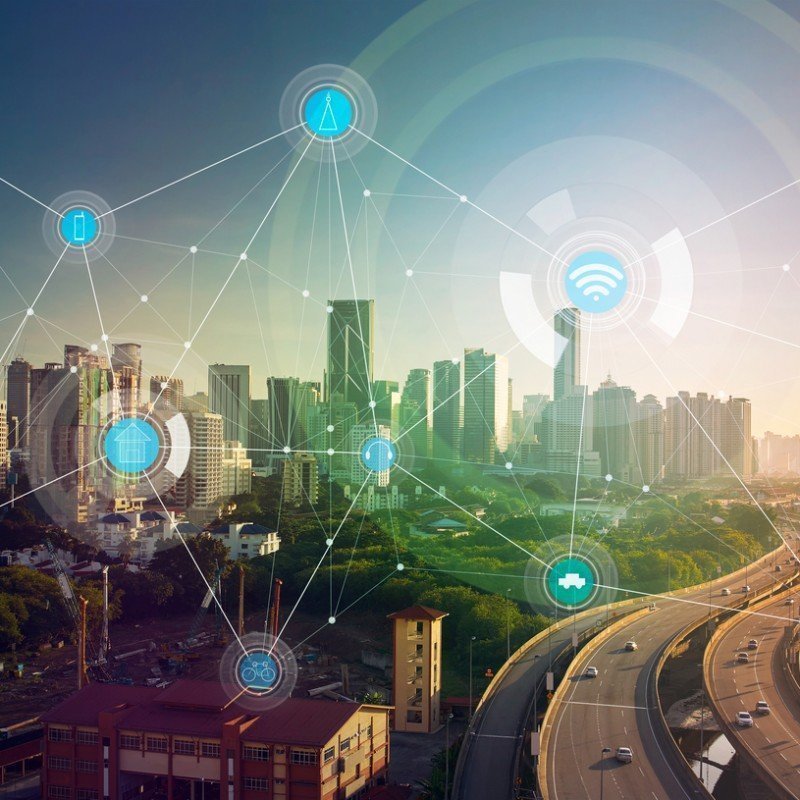



Leave your feedback...